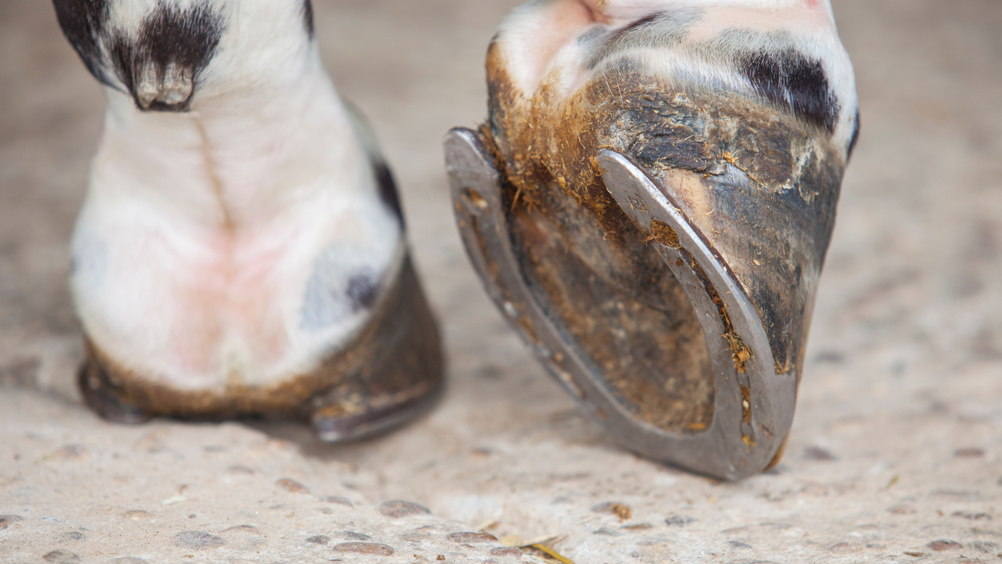References
Interpretation of distal limb nerve blocks in the horse

Abstract
Diagnostic analgesia of the distal limb is frequently performed in equine practice to localise lameness. The specificity of blocks has been widely investigated and it is important that clinicians understand the established blocking patterns and limitations for these blocks in order to correctly advise clients on diagnosis, further imaging and prognosis. This article examines the evidence relating to interpretation of distal limb blocks.
A large proportion of equine lameness is attributed to problems of the distal limb. Diagnostic analgesia frequently forms an important part of the lameness investigation.
Commonly performed distal limb peri-neural blocks include:
Commonly performed intra-synovial blocks include:
It is important that clinicians are not only able to perform the techniques but are also able to accurately interpret the results.
In recent years, the perceived specificity of equine diagnostic analgesia has been brought into question by experimental studies involving the injection of contrast material and dye, and through correlation of lesions and patterns of diagnostic analgesia using advanced imaging techniques. This article discusses the evidence for perceived specificity of distal limb diagnostic analgesia, along with potential pitfalls in interpretation.
For diagnostic analgesia to be correctly interpreted, the horse must have a consistent lameness from which an improvement can clearly be seen. It can be difficult to appreciate an improvement in very low grade or inconsistent lameness. In these cases, an objective gait analysis system may be useful to confirm whether lameness is present, which limb is affected and the phase of stride (Keegan, 2007). Alternatively, continuing to lightly work the horse may result in a more consistent lameness. In some cases lameness may be appreciated by a rider but not seen ‘in hand’, but if the rider can appreciate a clear difference then it may be possible to proceed with nerve blocks. Conversely, some severe lameness does not show good resolution following diagnostic analgesia, for example, subsolar abscesses may show an incomplete response to analgesia of the foot. Diagnostic analgesia in severe lameness should be undertaken with caution as there is a potential to create catastrophic injury such as displacement of a non-displaced fracture. Lesions involving sub-chondral bone pain may respond incompletely to intra-articular blocks. If bone pain is suspected, a peri-neural block may result in better resolution of pain.
Register now to continue reading
Thank you for visiting UK-VET Equine and reading some of our peer-reviewed content for veterinary professionals. To continue reading this article, please register today.

